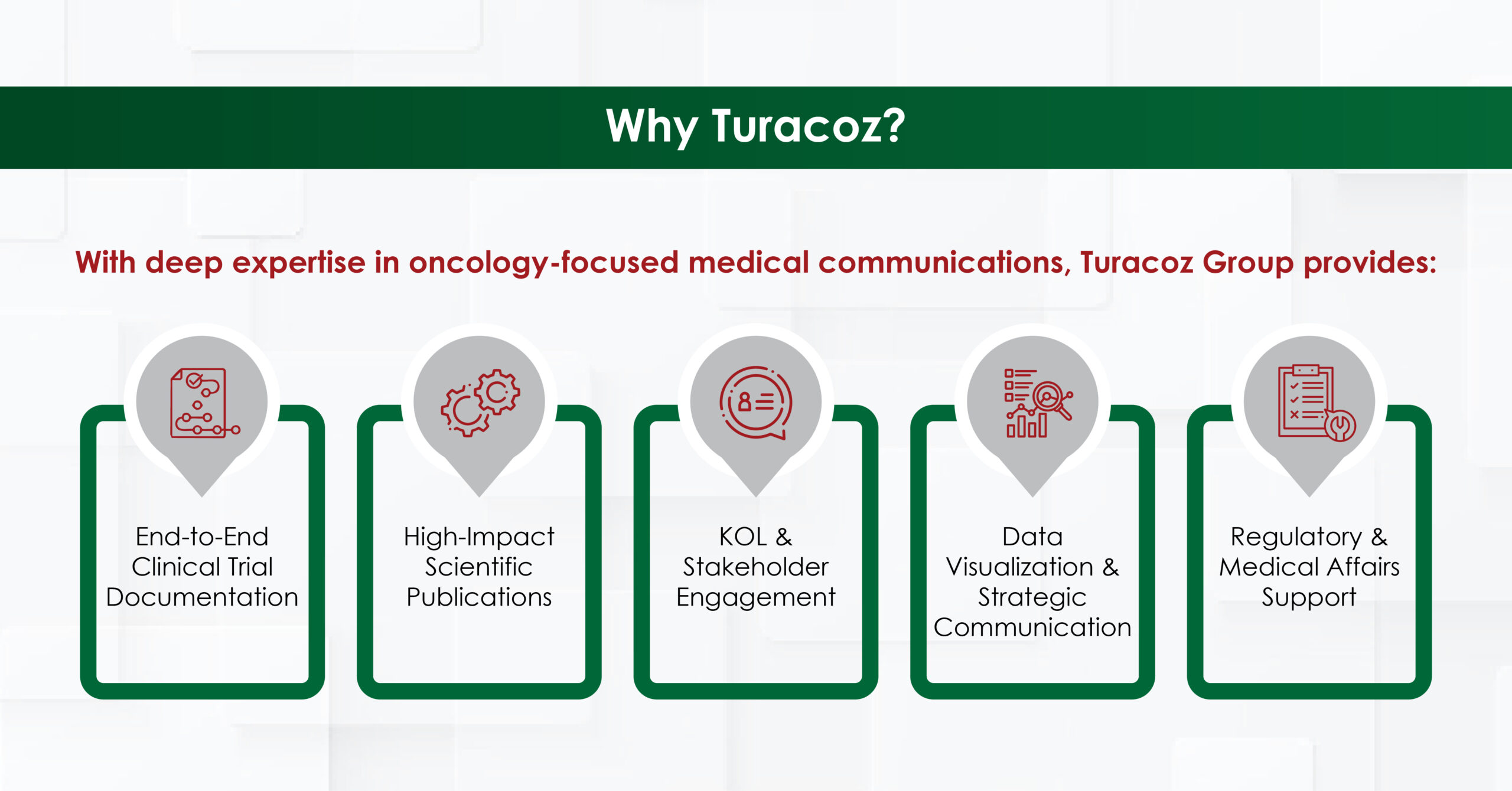The pharmaceutical industry is undergoing a significant transformation. In the past, the focus was primarily on research, development, and approval processes driven by science and regulations. However, today’s landscape is evolving to prioritize what truly matters — delivering effective, affordable treatments to patients faster. For instance, in 2020, the rapid development and approval of COVID-19 vaccines in less than a year showed the power of collaboration, new technologies, and streamlined processes, setting a new precedent for how the industry can respond to urgent health crises.
The shift to patient-centricity is one of the most profound changes to impact the industry in recent years. As patients take on more responsibility for their own healthcare, their voices are becoming more influential in shaping the direction of pharmaceutical development and treatment options.
Why is Patient-Centric approach is so Important?
Patients are no longer passive recipients of care. Patients today are well-informed, actively involved in their healthcare decisions, and expect both healthcare providers and pharmaceutical companies to listen to their needs. This shift is not only about improving the patient’s experience but also about ensuring better outcomes in drug development, clinical trials, and treatment efficacy.
As we look ahead, here are a few key reasons why patient-centric models are crucial for the future of pharma:
- Improved Patient Health Outcomes
Evidence shows that patient-centered care significantly improves clinical outcomes. A study on adolescents with diabetes highlights that key element—improved patient-provider communication, providing symptom information, and addressing concerns—are linked to better psychosocial health outcomes. The findings reveal a strong correlation (r ≥ 0.3) between these factors and improved patient-reported outcomes. This reinforces that prioritizing patients’ preferences and needs enhances treatment effectiveness and overall health results (Vasanwala et al 2022). By integrating patient feedback into the drug development process, pharmaceutical companies can design treatments that are more aligned with patients’ real-world needs. Whether it’s reducing side effects, improving drug delivery methods, or ensuring easier access to medications, listening to patients is key to developing effective therapies that work in practice — not just in theory.
- Enhanced Patient Engagement
A recent study on patient’s beliefs about medicine and adherence shows that patients who perceive higher levels of people-centered care (PCC) are more likely to adhere to prescribed medications. Each point increase in PCC corresponds to a 7% higher chance of adherence, underscoring how active patient engagement and listening to their needs and beliefs about treatment can lead to better health outcomes. Patients who are actively engaged in their treatment are more likely to adhere to prescribed therapies, leading to better health outcomes. By involving patients in their care journey, pharmaceutical companies can enhance engagement, trust, and overall satisfaction. This shift is not just about providing a product but about offering a comprehensive healthcare solution that fits into a patient’s life (Dilles et al 2023). - Bridging the Gap in Clinical Trials
Historically, clinical trials have had limited diversity and were often not fully representative of the populations that would ultimately use the drugs. By adopting patient-centric approaches, companies can ensure that trials are more inclusive, ensuring a broader range of patient experiences, which leads to more relevant and effective treatments. - Building Trust Through Transparency
Recent advances in patient engagement show improved health outcomes across prevention and chronic disease management. Addressing health literacy and ensuring clear, actionable information is key. Gaps remain in effectively engaging patients, especially in decision-making and self-management. Future efforts should integrate patient feedback from wearables, improve information navigation, and involve patients in designing healthcare systems, policies, and research to make patient engagement a cultural norm for better health outcomes. Patients today want to know how treatments are being developed, the risks involved, and how their data is being used. Pharma companies that communicate openly with patients build trust, foster long-term relationships and ensure better patient cooperation and compliance.
How Medical Communications Agencies Support Patient-Centric Models
While the shift to patient-centricity is a broad industry-wide movement, medical communications agencies play a critical role in ensuring that pharma companies effectively implement these models. Here’s how they contribute to the patient-centric process:
- Bridging the Communication Gap
Medical communications agencies can facilitate clear, effective communication between pharmaceutical companies and patients. Through the creation of educational materials, online platforms, and patient-facing content, agencies ensure that patients are fully informed about treatments, potential side effects, and clinical trial options. This transparency helps build trust and encourages patient engagement. - Developing Patient-Centered Content
Agencies specializing in medical communications create content that resonates with patients, ensuring that it’s not only scientifically accurate but also accessible and empathetic. Whether through print, digital channels, or social media, agencies ensure that the content speaks directly to patients’ concerns, empowering them with information that helps them make informed decisions about their treatment options. - Facilitating Patient Advocacy Partnerships
Medical communications agencies often collaborate with patient advocacy groups to ensure that patients’ voices are heard in the development process. Agencies help to amplify the concerns and needs of patient communities, ensuring that pharma companies are aware of the specific issues patients face. This collaboration leads to more inclusive and responsive drug development strategies. - Enhancing Patient Engagement Strategies
Agencies help design and execute strategies for sustained patient engagement, whether through digital tools, community forums, or targeted campaigns. By utilizing real-time patient feedback, agencies ensure that pharma companies are continually improving their patient-centric approaches and creating solutions that meet evolving patient needs. - Optimizing Clinical Trial Recruitment
Medical communications agencies can assist pharmaceutical companies in reaching out to a diverse patient population for clinical trials. They help design recruitment campaigns that are tailored to various patient groups, ensuring that trials reflect the diverse populations that will eventually benefit from the drugs. Moreover, agencies provide ongoing support to patients throughout the trial process, increasing retention and improving overall success rates.
The Road Ahead: A Patient-First Future
The transition to a patient-centric model in the pharmaceutical industry is not just a trend — it’s a necessity. As the demand for more personalized, effective, and accessible healthcare continues to grow, pharma companies must keep patients at the forefront of their strategies.
By truly listening to patients and involving them in every step of the journey, from drug discovery to post-market support, pharmaceutical companies can help create a future where treatments are not only more effective but also more aligned with the needs of the people they are designed to help.
Ultimately, a patient-first approach doesn’t just lead to better outcomes — it leads to a healthier, more informed world. As industry continues to evolve, embracing patient-centric models will be the key to transforming lives and advancing healthcare for generations to come.
References:
- Vasanwala, R., Lim, A., Soo Ting, L., Pei Kwee, L., Yuen Ching, H., & Xiang Feng, T. (2022). The impact of patient-centered care on health outcomes in adolescents living with diabetes. Patient Experience Journal, 9(1), 46–53. https://doi.org/10.35680/2372-0247.1619
- Dilles, T., Mortelmans, L., Loots, E., Sabbe, K., Feyen, H., Wauters, M., Haegdorens, F., & De Baetselier, E. (2023). People-centered care and patients’ beliefs about medicines and adherence: A cross-sectional study. Heliyon, 9(5), e15795. https://doi.org/10.1016/j.heliyon.2023.e15795
[/et_pb_text][/et_pb_column][/et_pb_row][/et_pb_section]



